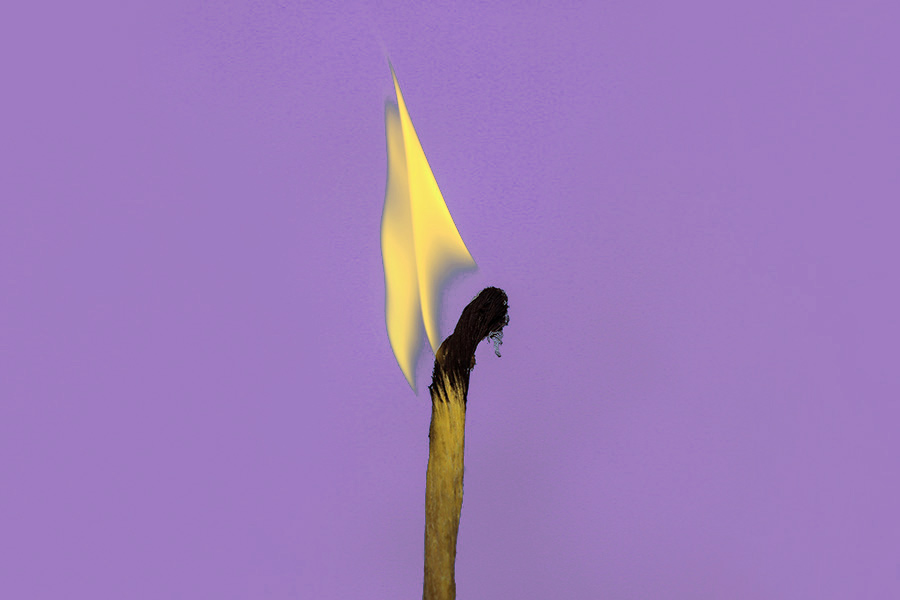7 Practical tips to manage your workload and avoid burnout

It’s often a fine line between being busy and being overwhelmed. Sometimes, just one more email or phone call can make us go from one to the other. In addition to teaching yoga, I am also a Freelance Project Manager/Producer which means I often have to manage other people’s time as well as my own. Below are some of my top tips for how to stay grounded and avoid burnout.
1. When writing your To-Do list, start each task with a verb e.g write, call, etc so it’s clear exactly what action you need to take for each task.
2. Be realistic – what is feasible to achieve in a day? Establish what is urgent and what can wait. If there’s still a lot to move through, are there any tasks you can delegate to another colleague (if work-related) or friend or family member (if personal)?
3. Once I’ve completed my To-Do list, I establish what the most difficult task is and then ‘eat the frog’ – this is some of the best advice I’ve ever read and comes from the self-development author, Brian Tracy. What he means by ‘eat the frog’ is that you should tackle the most important, difficult or most time-consuming task first. It’s often the thing we avoid, because it scares us. The difficult tasks are ‘the frogs’ and the way to deal with them is ‘to eat them’. By completing the most difficult task first, the rest of your tasks won’t seem so daunting.
4. Once the most difficult task is out of the way, I like to segment the rest of my day into blocks, allocating time to each task and incorporating time for regular breaks. The Pomodoro Technique, developed by productivity expert Francesco Cirillo is probably one the most well-known time management methods. In this method, a timer is used to break down work into intervals, traditionally 25 minutes in length, separated by short breaks. Each interval is known as a pomodoro, from the Italian word for ‘tomato’, after the tomato-shaped kitchen timer that Cirillo used as a university student. Personally, I like to work for an hour at a time and then take a 5-10 minute break, with a longer break after I’ve worked for 2 – 3 hours, but find what time interval works best for you.
5. The right working environment is also key. I recommend setting your desk up beside a window so you can allow natural light into your workspace. It’s also important to have a clutter-free area and the right ambience. I often work with my headphones on and listen to ambient music. A recent discovery is nature-based soundscapes like this one.
6. On a break, try to get outside and into nature. This is particularly good if you’re feeling stuck on a task and need to stimulate your creative mind. One study found that spending four days in nature improved problem-solving skills by 50%. Plus, research shows that as little as 15 minutes in nature can help counteract stress and boost your mood.
7. If you do feel like the scale is starting to tip from busy to overwhelmed, that is ok! Sometimes even the best-laid plans can go awry. Don’t beat yourself up about it. Instead, take some deep, full breaths and think of who might be able to support you and then ask them graciously and generously for help. Most people love to help so don’t be afraid to be vulnerable and ask. Vulnerability is what makes us human after all.
Read more on how to avoid burnout









